
Dear Knight Nation,
College athletics is entering a bold new era—and at UCF, we’re not just ready for the change, we’re energized by it. This moment brings exciting new opportunities for our student-athletes and our athletics department, and we’re proud to embrace it with confidence and purpose.
The recent approval of the NCAA House Settlement marks a pivotal moment in our industry. While the financial landscape will change—most notably with the NCAA distributing $2.8 billion to former and current student-athletes and reducing distributions to schools like ours over the next decade—UCF is meeting this new reality with strategic investment, innovation, and an unwavering commitment to our student-athletes.
At UCF, our priority has always been the academic and competitive success of our student-athletes, and we continue to remain committed to adapting to the new structures that have emerged. We have worked closely with the Big 12 Conference to prepare for and navigate this transition. I’d like to thank our staff, university leadership, and governance boards for the months of work preparing our game plan for this new era of college athletics. We are excited about this new opportunity and remain dedicated to investing in the resources necessary to compete at the highest level and position our student-athletes for competitive and postgraduate success.
Beginning July 1, 2025, UCF will fully participate in the new revenue-sharing model, committing up to $20.5 million annually to directly support our student-athletes. This is in addition to ongoing NIL opportunities and reflects our proactive, values-driven approach to the future of college sports. Student-athletes will continue to earn money through NIL deals, and the new “NIL Go” system developed by the newly created College Sports Commission (CSC), ensures those deals are fair, transparent, and that their eligibility is protected. Our staff is trained and ready to support student-athletes and their families in understanding and maximizing these opportunities.
Through expanded scholarships—including a $3 million investment to add 74 new scholarships, 60% of which will go to women’s programs—and smart, sustainable revenue strategies, we’re building a model that strengthens all of our teams. Our entrance as a full-share Big 12 member in 2025–26 will unlock new resources to help offset settlement impacts and maintain our upward trajectory.
As I close, I also want to extend our deepest gratitude to The Kingdom, its founder Tom McNamara, Kevin Wydra, and the dedicated volunteers and supporters who have stood alongside us. Their unwavering commitment and critical investment in NIL opportunities for our student-athletes have played an essential role in shaping our transition. Over the past three years, their belief in our mission and consistent support have laid the foundation for us to be fully prepared for this moment.
Below you will find a breakdown of our approach to rev share, NIL, and the House settlement. We invite our supporters to stand with us as we grow the Competitive Success Fund, explore new corporate partnerships, enhance fan experiences, and continue investing in the personal, academic, and athletic development of every Knight.
This is a new era, but our mission remains the same: to Charge On—together.
Go Knights, Charge On!

Terry Mohajir
What is Changing? A landmark anti-trust settlement, which received final approval on June 6, has reshaped college athletics and direct revenue sharing for student-athletes. This decision will significantly impact the collegiate sports landscape, including operations at UCF, reinforcing our commitment to student-athlete support through initiatives like the newly introduced Competitive Success Fund. As part of the settlement, the NCAA will distribute $2.8 billion in compensation to current & former student-athletes who were unable to profit from Name, Image and Likeness (NIL) activities between 2016 and 2024. This payout will be funded by reduced revenue distributions to schools over the next decade. UCF anticipates an annual financial impact and is proactively developing strategies to offset this reduction through enhanced revenue generation.
What is Revenue Sharing? Revenue sharing – which will become effective July 1 – is a new model where universities will directly pay a portion of their athletics revenue to student-athletes, compensating them beyond traditional scholarship limits. This revenue sharing is sourced from ticket sales, TV broadcast revenue, and other commercial activities. In 2025-26, schools can share up to a capped amount of $20.5 million with their student-athletes, representing approximately 22% of the institution’s athletics revenues for Power 4 schools.
While football and men’s basketball generate the majority of revenue, UCF remains dedicated to supporting all athletics programs and ensuring sustainable success across the board. UCF will use this as an opportunity to increase current scholarships by 74 across all sports by making close to a $3M investment in sports outside of football and men’s basketball.
What is Revenue Sharing compared to NIL (Name, Image, and Likeness)
While both revenue sharing and NIL provide financial benefits to student-athletes, they operate under different structures and funding sources:
Revenue Sharing is direct payments from universities to student-athletes. Schools are given a capped amount they may distribute among student-athletes. The cap is $20.5 million in 2025-26 and increases gradually by 4% each year.
- What counts towards the revenue sharing cap in 2025-26?
- Direct NIL Payments: Payments made directly by the university to student-athletes for the use of their name, image, and likeness (NIL) to promote the institution’s brand.
- Rev share may not be paid to athletes unless a school has contractual rights to their name, image and likeness.
- Academic Awards: Up to $2.5 million allocated annually per institution for academic achievements, as permitted under the Alston decision.
- New Athletics Scholarships: Up to $2.5 million per institution per year for scholarships exceeding previous limits. For example, if an institution increases its baseball scholarships from 11.7 to 15, the additional 3.3 scholarships count toward this allocation.
- Notable Characteristics:
- Universities generate, manage and distribute revenue sharing payments.
- Payments come from institutional athletics revenue rather than external deals.
NIL (Name, Image, and Likeness) is an athlete’s marketability. Under newly structured regulations, student-athletes can continue to profit from their NIL through business ventures (Coca-Cola, Nike, etc.), endorsements and sponsorships agreements beyond revenue-sharing payments. A national clearinghouse, operated by Deloitte and empowered by the Power 4 commissioners, will assess all outside NIL deals exceeding $600 to ensure range of compensation is at fair market value and enhance transparency and fairness in recruiting. At the same time, student-athletes will continue to earn money through NIL opportunities, supported by the new “NIL Go” system developed by the College Sports Commission, which protects eligibility and promotes clarity and fairness. In order to prevent cap circumvention, any NIL deal valuations that do not meet the range of compensation could be charged to a school’s rev share cap. Those in violation of cap circumvention will be subject to penalty.
- Key Characteristics:
- Previously, direct payments to athletes could only be administered by third parties.
- Student-athletes and their representatives control and negotiate their own deals.
- Available to all student-athletes.
- External NIL deals do not count towards the regulated revenue share cap as long as they are for valid business opportunities that provide goods and services and Deloitte determines the deal to be in the range of compensation.
Revenue Sharing vs. NIL Going Forward
|
Feature
|
Revenue Sharing
|
NIL (Name, Image, Likeness)
|
|
Source of Funds
|
Athletics revenue
|
Private businesses, fans
|
|
Who Controls It?
|
University/Athletic Departments
|
Individual athletes, agents and/or third parties
|
|
Who Pays the Athletes?
|
UCFAA directly
|
Valid businesses entities, sponsors, multi-media rights (MMR)
|
|
Regulation
|
NCAA/Conferences/College Sports Commission (CSC) set revenue caps and distribution rules
|
CSC – Market-driven; however, deals are subject to new guidelines and regulations. Fair-market value for athletes will be governed
|
|
Availability
|
All can benefit
|
Open to all athletes, regardless of sport
|
|
Limitations
|
The projected cap is $20.5 million in 2025-26 and increases gradually each year.
|
A national clearinghouse will oversee all NIL deals exceeding $600 to determine the range of compensation. Those in violation of cap circumvention will be subject to penalty.
|
Roster Limits & Scholarship Expansion
In the past, the NCAA did not impose restrictions on roster sizes but did cap the number of scholarships available for each sport. Under the new settlement, roster sizes will now have set limits, allowing schools to provide scholarships equal to the number of roster spots. At UCF, the generosity of our Charge On Fund donors currently enables us to distribute the equivalent of 234 full scholarships among 85% of our roughly 400 student-athletes. Under the new settlement, we are increasing scholarships across all sports by 74 full scholarships, including over 60% of those going towards our women’s sports. The Competitive Success Fund will continue to serve as a vital resource in funding athletics scholarships.
UCF’s Commitment to Competitive Success
UCF Athletics is committed to building championship-caliber programs while staying ahead in the ever-evolving landscape of collegiate athletics. As we become full-share members of the Big 12 in 2025-26, we’re thrilled to see our operating revenues increase by $17 million—an incredible milestone for our program. At the same time, we plan to invest $20.5 million to fully support revenue sharing with our student-athletes. This important step positions us to continue to seek out new and innovative ways to generate additional revenue, ensuring a stronger and even more dynamic future for UCF Athletics.
To maintain competitiveness means continuously evolving how we operate to enhance revenue growth, including:
- Expanded NIL Activation & Corporate Partners – Strengthening relationships with corporate sponsors to enhance branding opportunities and naming rights in stadiums, uniforms & digital platforms.
- Enhanced Donor Engagement – Encouraging fans & donors to invest in the Competitive Success Fund, ensuring UCF remains competitive in this new era of college athletics.
- Revenue Generating Models – Evaluating ticket, concession and parking pricing structures, exploring revenue optimization options such as multimedia rights, apparel agreements, and merchandise sales.
- Special Events & Venue Utilization – Hosting high-profile sporting events, concerts, and other activities at FBC Mortgage Stadium and Addition Financial Arena to diversify revenue streams and optimizing the new tower and premium spaces at FBC Mortgage Stadium as a premier venue in Orange County for year-round events and rentals.
- Entrepreneurial Opportunities – Creating a “NewCo” of commercial business.
- Operational Efficiency – Reviewing expense structures to optimize budget allocation, ensuring financial sustainability across all programs.
The Competitive Success Fund reflects UCF’s proactive approach to supporting student-athletes in a rapidly evolving collegiate landscape. Our commitment to competition, academics, and personal development, including our 100% job-placement program, remains unwavering, ensuring that UCF will be a national leader in college athletics.
0
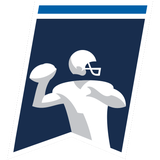





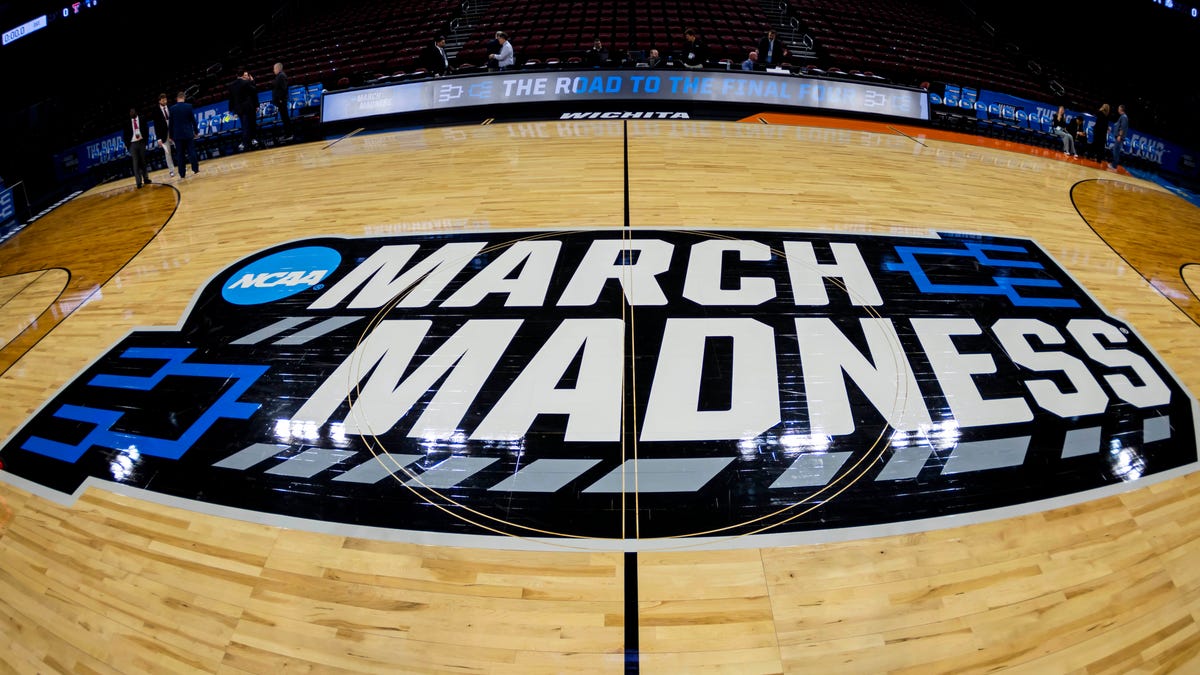
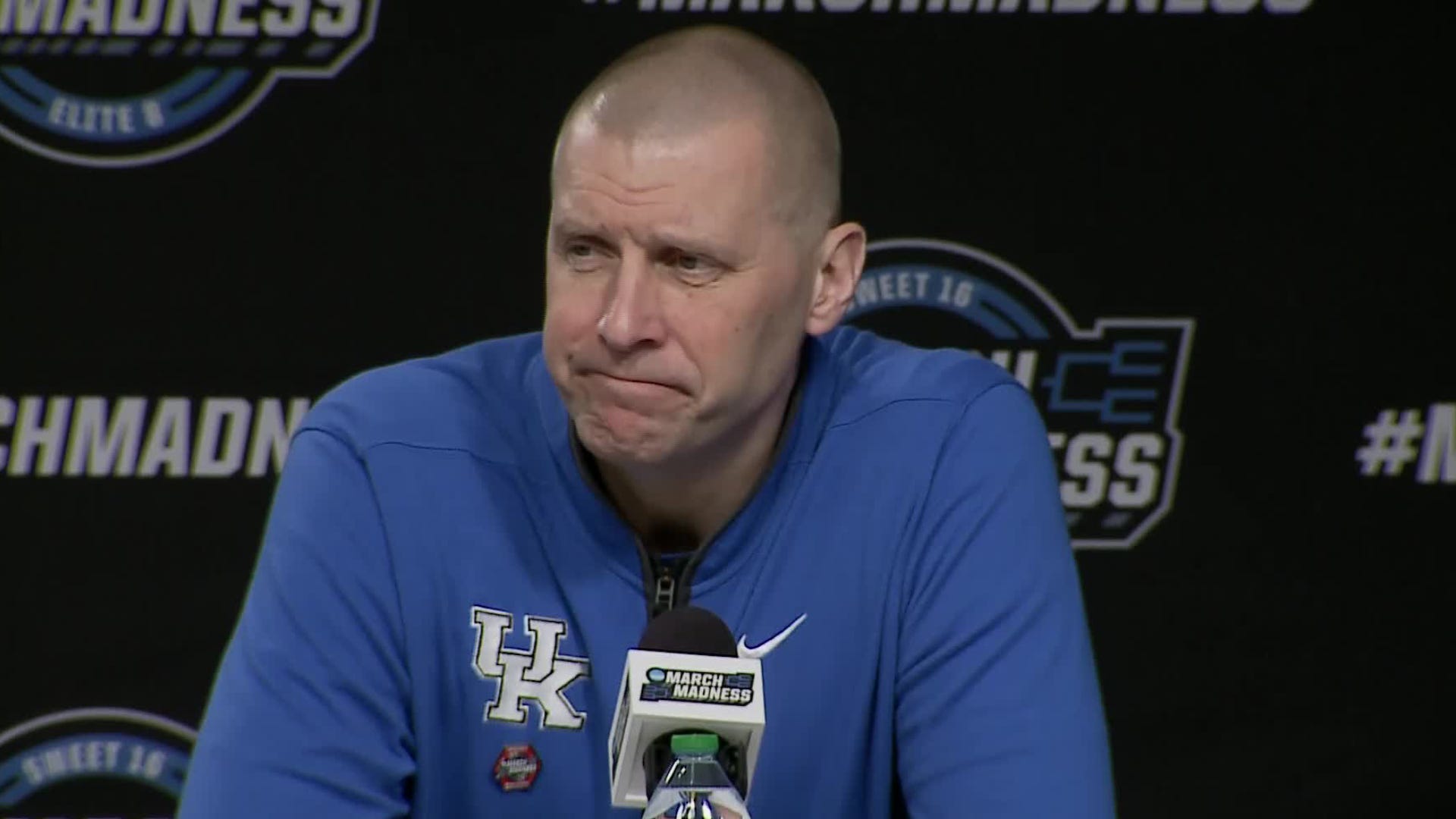

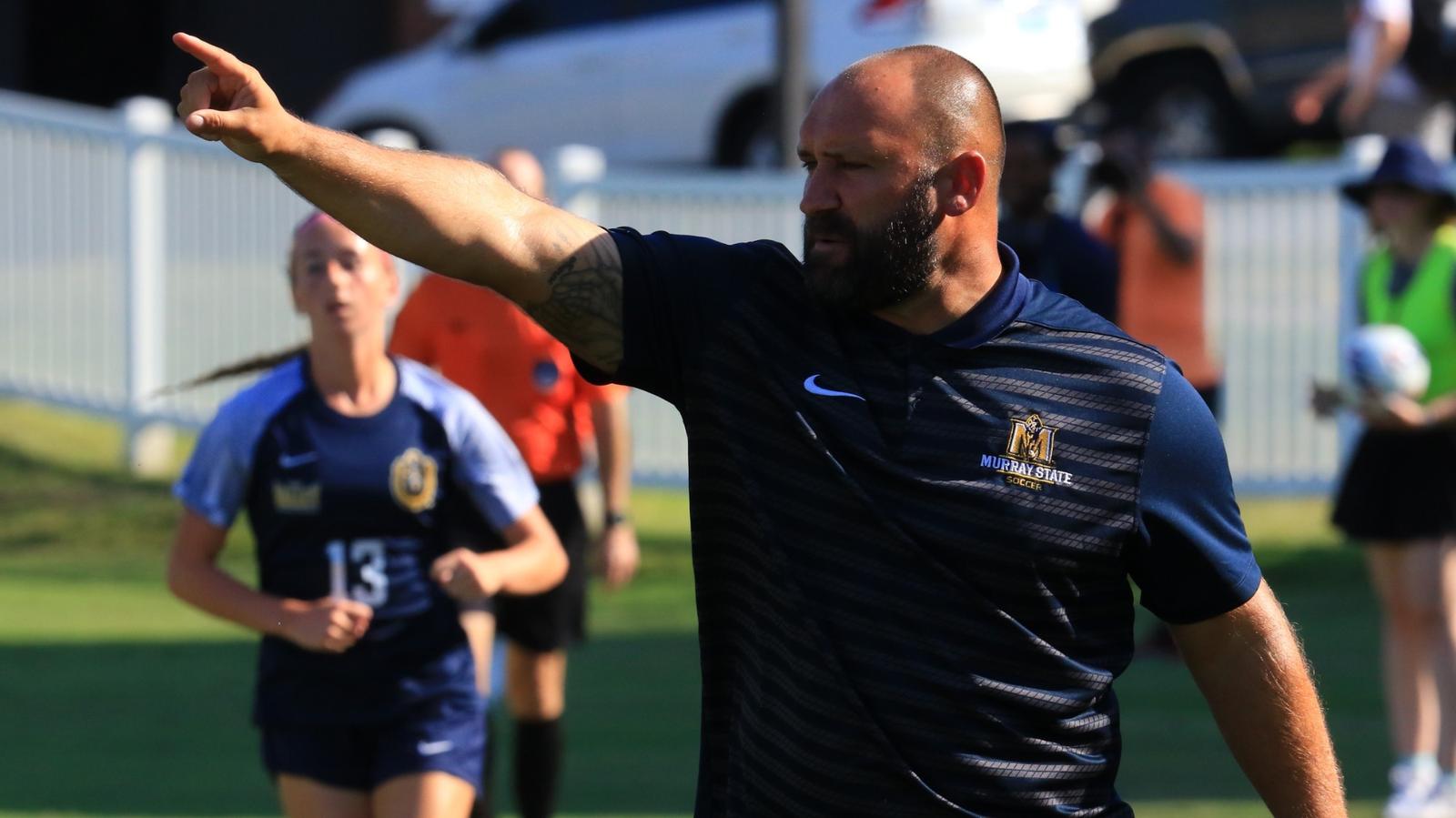

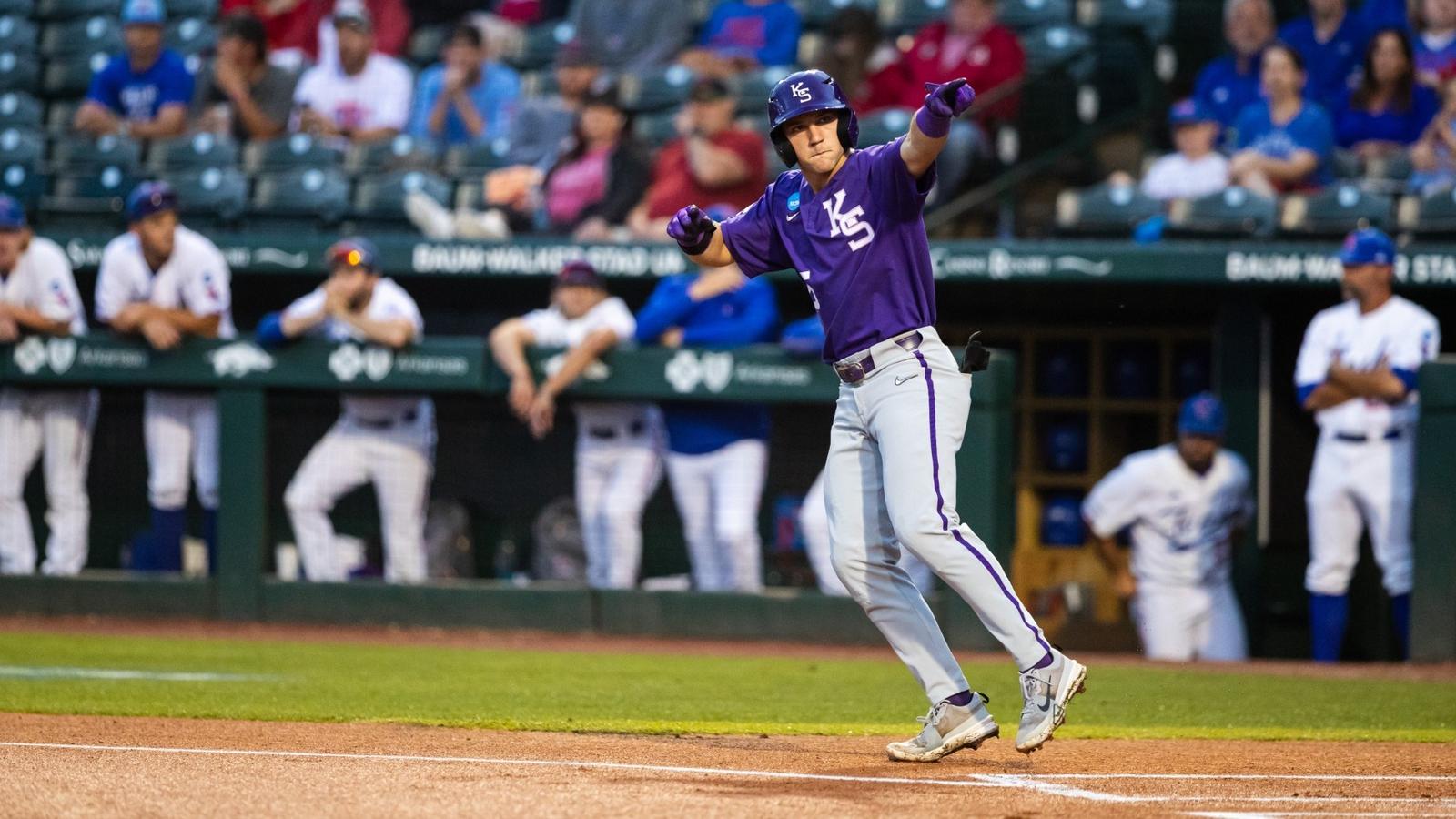









 | First Take
| First Take








































